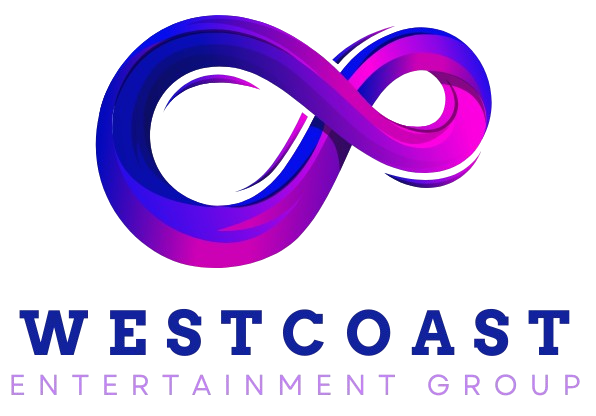Kickstart Your Business with Social Media: Expert Tips for Small Business Owners
In today’s fast-paced digital landscape, leveraging social media effectively can be a game-changer for small business owners aiming to elevate their brand presence. Understanding how to craft a robust business social media strategy is key to unlocking new opportunities and reaching a broader audience. By targeting the right platforms and curating engaging content, you can foster meaningful audience engagement and build a thriving online community. This guide will walk you through expert social media tips, from defining your target audience to analyzing performance metrics with analytics for business. Get ready to transform your social media marketing approach and watch your business grow with confidence.
Define Your Social Media Goals
Establishing clear objectives is the foundation of a successful social media strategy. This section will guide you through identifying your target audience, selecting the right platforms, and setting measurable goals.
Identify Your Target Audience
Understanding your audience is crucial for crafting content that resonates. Start by creating detailed buyer personas that represent your ideal customers.
Consider demographics like age, location, and occupation, as well as psychographics such as interests, values, and pain points. This information will help you tailor your messaging and choose the most effective platforms.
Research from Hootsuite suggests that businesses that clearly define their target audience see up to 2-3 times higher engagement rates on social media.
Choose the Right Platforms
Not all social media platforms are created equal. Select those that align with your business goals and where your target audience is most active.
For B2B companies, LinkedIn might be the primary focus, while visual brands may find more success on Instagram or Pinterest. Facebook remains a versatile option for many businesses due to its broad user base.
Consider the following table when choosing platforms:
|
Platform |
Best For |
Key Features |
|---|---|---|
|
|
Wide reach, diverse content |
Groups, ads, marketplace |
|
|
Visual content, younger audience |
Stories, Reels, shopping |
|
|
B2B networking, professional content |
Industry insights, job postings |
|
|
Real-time updates, customer service |
Hashtags, polls, threads |
Set Clear Objectives
Establish specific, measurable, achievable, relevant, and time-bound (SMART) goals for your social media efforts.
Examples of SMART goals include:
-
Increase website traffic from social media by 25% in the next quarter
-
Gain 1,000 new followers on Instagram within six months
-
Achieve a 10% engagement rate on LinkedIn posts by the end of the year
Regularly review and adjust your objectives to ensure they align with your overall business strategy.
Create Engaging Content
The heart of your social media strategy lies in the content you share. This section explores how to craft compelling posts, maintain a consistent schedule, and leverage visual elements to captivate your audience.
Craft Compelling Posts
Creating content that resonates with your audience is an art and a science. Start by understanding what your followers want to see and what aligns with your brand voice.
Use a mix of educational, entertaining, and promotional content to keep your feed diverse and engaging. The 80/20 rule is a good starting point: 80% of your content should inform or entertain, while 20% can directly promote your products or services.
According to PostNet, posts that ask questions or encourage audience participation can increase engagement by up to 90%.
Establish a Consistent Schedule
Consistency is key in social media marketing. Develop a content calendar to plan your posts in advance and ensure a steady stream of content.
Consider the optimal posting times for each platform. For example, LinkedIn posts often perform best during business hours, while Instagram engagement might peak in the evenings.
Tools like Hootsuite or Buffer can help you schedule posts across multiple platforms, saving time and maintaining consistency.
Leverage Visuals and Videos
Visual content is increasingly important in capturing audience attention. Incorporate high-quality images, infographics, and videos into your social media strategy.
Video content, in particular, has shown tremendous growth. Consider creating short-form videos for platforms like TikTok or Instagram Reels, or longer educational content for YouTube or LinkedIn.
Boost Engagement and Monitor Performance
Engaging with your audience and analyzing your performance are crucial steps in refining your social media strategy. This section covers fostering interaction, utilizing analytics, and building a strong online community.
Foster Audience Interaction
Engagement is a two-way street. Encourage your followers to interact with your content and respond promptly to comments and messages.
Host Q&A sessions, run polls, or create interactive stories to boost engagement. User-generated content campaigns can also be an effective way to involve your audience and create authentic brand advocates.
Evolv BAM suggests that businesses that respond to customer inquiries within an hour are 7 times more likely to qualify leads.
Utilize Analytics for Business Insights
Data-driven decision-making is crucial for optimizing your social media strategy. Most platforms offer built-in analytics tools that provide valuable insights into your audience and content performance.
Key metrics to track include:
-
Reach and impressions
-
Engagement rate (likes, comments, shares)
-
Click-through rate
-
Conversion rate
Regularly analyze these metrics to understand what’s working and adjust your strategy accordingly.
Build a Strong Online Community
Creating a sense of community around your brand can lead to increased loyalty and word-of-mouth marketing. Encourage discussions, highlight customer stories, and show the human side of your business.
Homebase recommends creating exclusive content or offers for your social media followers to make them feel valued and part of an inner circle.
Consider creating a branded hashtag to unite your community and make it easier to track user-generated content. Regularly feature customer content to show appreciation and encourage further participation.



